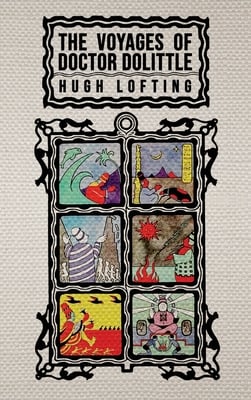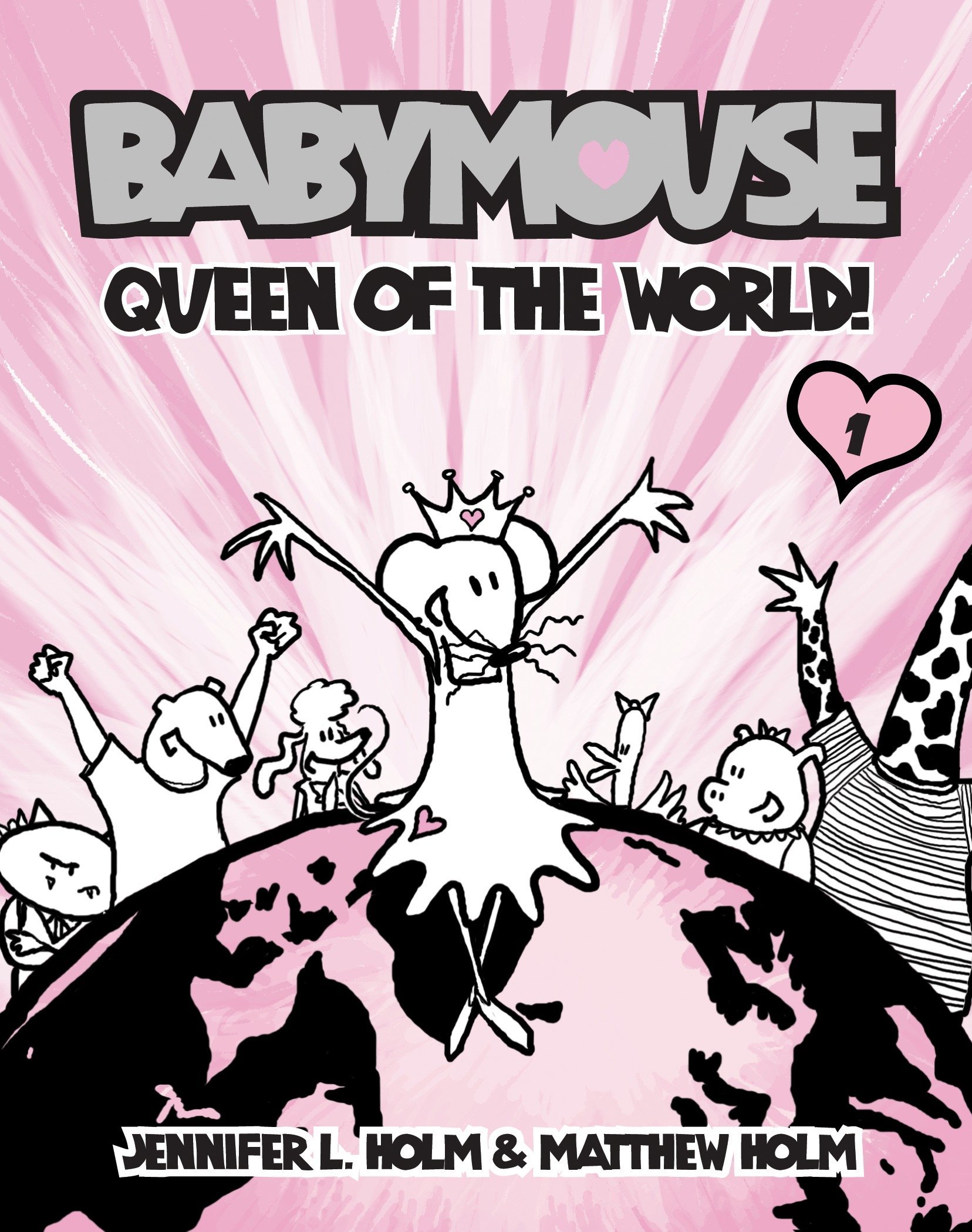The children’s book Little House on the Prairie by Laura Ingalls Wilder (published 1935) became a beloved classic thanks to the popular 1970s television show, but reading the book through today’s lens is painful. How can such a beloved classic be so racist? I loved the stories in this book. Mr. Edwards meets Santa Claus











